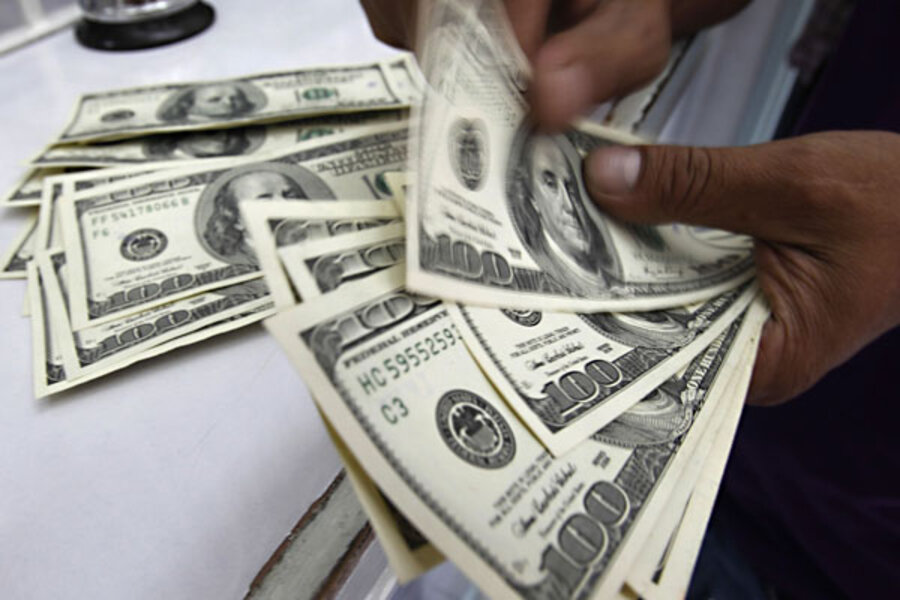Raise your deductible. Lower your monthly bill.
Loading...
Let’s say, hypothetically, that you have comprehensive and collision coverage on your car. It has a blue book value of about $6,000. You have a deductible of $500, which means that you have to cover the first $500 of any cost turned into your insurance.
For this, you pay some amount each year – let’s say it’s $1,000, hypothetically.
Now, let’s say your insurance company will lower that annual premium to $750, but in exchange for that, you have to raise your deductible to $1,000. Is that a reasonable trade?
Assuming you’re financially responsible, it’s a great deal.
Here’s the scoop: a financially responsible person has a nice emergency fund to handle the problems life hands you. If you have a nice emergency fund, then you can easily handle a higher deductible in the event of a situation where you might have to tap your insurance.
So, let’s rewind the situation above.
You can either be paying an annual premium of $1,000 (in much smaller payments, of course – $83 monthly or so) and have a $500 deductible, or you can have an annual premium of $750 ($62 monthly) and have a $1,000 deductible.
In this case, you’d save $19 a month by having the smaller deductible. It would take roughly two and a half years to make up the $500 difference in deductibles.
So, the question is whether or not the person reports something to their auto insurance very frequently or not. If you’re reporting more than once every two or three years, the lower deductible is cheaper in the long run, but if you’re reporting that frequently, you’re an extreme case.
For everyone else, it’s going to save them money in the long run to have a higher deductible and a lower premium.
Of course, if you don’t have that extra $500 sitting in your emergency fund, the higher deductible will be very hard to handle. However, a healthy emergency fund is one of the first things a financially stable person needs to have.
Unless you’re truly teetering on the edge of a financial cliff, a higher deductible is usually the best route to take with insurance. It costs you less per month and it doesn’t take all that long to make up the difference in deductibles. After that, it’s money in your pocket.
This post is part of a yearlong series called “365 Ways to Live Cheap (Revisited),” in which I’m revisiting the entries from my book “365 Ways to Live Cheap,” which is available at Amazon and at bookstores everywhere.






